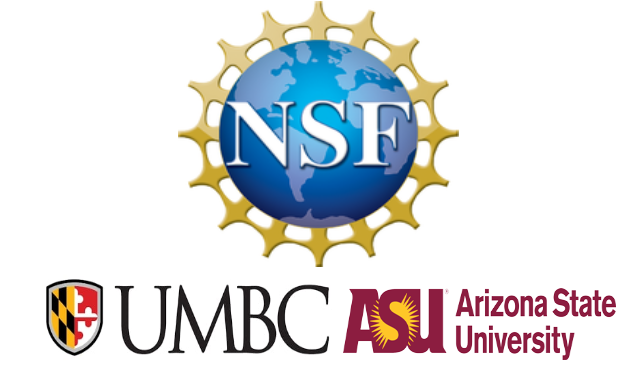
SpecEES:
Collaborative Research:
A Spectrum-Efficient and Secure Communication Architecture for Smart Cities
NSF CNS-1824491
Together with the researchers at the Arizona State University, we have conducted the following activities:
1) We explored the network layer design for physical layer CTC techniques. Specifically, we introduced Waves, which leverages WiFi to ZigBee CTC and WiFi access point’s adaptive transmit power control techniques for reliable and fast data dissemination in low-duty-cycle ZigBee networks.
2) We found out that each ZigBee network uses hop-by-hop network-layer message authentication based on a common network key, it is highly vulnerable to packet-injection attacks, in which the adversary exploits the compromised network key to inject arbitrary fake packets from any spoofed address to disrupt network operations and consume the network/device resources. To address this issue, we developed PhyAuth, which is a PHY hop-by-hop message authentication frame- work to defend against packet-injection attacks in ZigBee networks.
Supported by this grant, the PI has
successfully trained four undergraduate students and two
Ph.D. students. The Ph.D. students have successfully
defended their dissertations and launched tenure-track
assistant professor positions at Cleveland State
University and Saint Louis University, respectively.
The PI has incorporated this project into the courses he has taught. Specifically, the students have selected part of the project as their course projects. For example, students have conducted the course projects such as "A Secure Protocol for IoT networks".
To disseminate the research results and facilitate the technology transfer, the PI has delivered multiple invited talks internally and externally. The PI has also shared the research findings and results with the researchers from multiple universities, including Arizona State University and Rochester Institute of Technology.